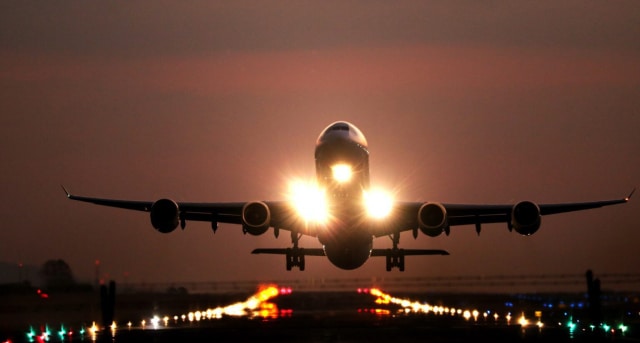92 total views, 1 views today
Airport lighting plays a crucial role in ensuring the safe and efficient operation of aviation facilities. Among various lighting technologies, Light Emitting Diode (LED) lighting has emerged as a game-changer, offering numerous advantages over traditional lighting systems. In this article, we will explore the benefits and applications of Airport LED Lighting, shedding light on how it is transforming the aviation industry.
Advantages of LED Lighting at Airports:
- Energy Efficiency: One of the primary advantages of LED lighting is its energy efficiency. LEDs consume significantly less energy compared to traditional lighting sources such as incandescent and fluorescent bulbs. This energy efficiency not only reduces operational costs for airports but also contributes to sustainability efforts by lowering carbon footprints.
- Cost Savings: While the initial cost of installing LED lighting may be higher, the long-term savings outweigh the upfront expenses. LEDs have a longer lifespan, require less maintenance, and have lower operational costs. Airports investing in LED lighting experience substantial savings in electricity bills and maintenance expenses, making it a financially sound choice.
- Enhanced Visibility and Safety: LED lights provide superior visibility on airport runways, taxiways, and apron areas. The high color rendering index (CRI) of LEDs ensures accurate color representation, improving pilots’ ability to distinguish between different lighting signals and markings. This enhanced visibility contributes to overall safety by reducing the risk of incidents and accidents.
- Durability and Reliability: LEDs are known for their robustness and durability. They are resistant to shock, vibrations, and extreme temperatures, making them well-suited for the demanding environment of airports. The reliability of LED lighting systems ensures uninterrupted operation, minimizing the chances of lighting failures during critical moments.
- Precision and Control: LED lighting systems offer precise control over light intensity and distribution. This level of control is essential for airports to meet regulatory requirements and adapt to various operational scenarios. With LED technology, airports can easily adjust lighting levels, implement dynamic lighting configurations, and respond to changing weather conditions.
Applications of LED Lighting at Airports:
- Runway Lighting: LED technology is widely used for runway lighting, providing clear and uniform illumination for pilots during takeoff and landing. The directional and focused nature of LEDs allows for precise alignment of runway lights, enhancing the accuracy of approach and departure procedures.
- Taxiway and Apron Lighting: Taxiways and apron areas require efficient lighting to guide aircraft safely on the ground. LED lighting ensures optimal visibility for pilots and ground personnel, reducing the risk of collisions and ensuring smooth operations on the tarmac.
- Terminal Lighting: LEDs are also employed in terminal buildings to create well-lit and comfortable spaces for passengers. The versatility of LED fixtures allows for creative lighting designs while maintaining energy efficiency.
- Airfield Signage: LED technology is utilized in airfield signage, including illuminated signs, guidance signs, and markings. The clarity and brightness of LED signs contribute to effective communication with pilots, air traffic controllers, and ground personnel.
Conclusion:
Airport LED lighting represents a significant advancement in aviation technology, offering a myriad of benefits ranging from energy efficiency to enhanced safety. As airports around the world continue to upgrade their lighting systems, the industry is witnessing a brighter and more sustainable future. The adoption of LED lighting is not just a trend but a transformative step towards modernizing aviation infrastructure and ensuring the safety and efficiency of air travel.
